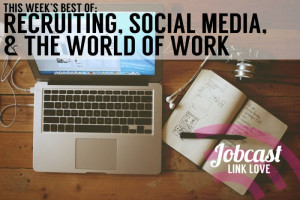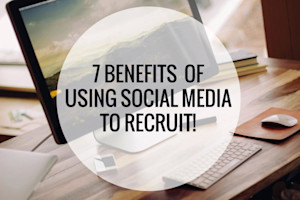Where do you work? Whenever I ask that questions what I really mean is, what is your workplace like? Not whether you work in an office downtown or in a truck… but whether you work surrounded by coworkers, alone in an office, in a group workspace, or in the comfort/discomfort of your own home. I am curious because I work remotely, and as much as flexible work is trendy and totally Gen Y, I do miss being surrounded by colleagues. I am also curious about what other people’s workplace interactions are like. Whether the environment is one of happy collaboration, all work all the time formality, or a festering den of resentment and gossip. Fascinating stuff!
And, why his week’s link love is dedicated to the workplace. How to make it more fun, how to get along with colleagues, and how to perform your best at work. 10 Signs You Are Working in a Happy Workplace - By Amy Johnson In response to statistics showing that 63% of employees are not engaged at work, Amy shares 10 important factors for creating a happy workplace.
How Introverts and Extroverts Can Live in Harmony at Work - By Alison Green Let’s face it, most teams are made up of a combination of introverts and extroverts and this can make workplace interactions tricky. Alison’s fantastic article explains where things go wrong when introverts and extroverts work together and how to make simple compromises that will keep the team dynamic going strong.
10 Powerful Ideas that Will Change the Way You Work – By Angel Chernoff Angel is a respected productivity expert. The title of her blog post may sound a little bit cheesy, but trust me her ideas are sound. I just read her post this morning and am already attempting to implement her advice! How To Build High-Performing Teams - By Sally Hogshead This article is a must read for anyone doing a high volume of hiring. Sally explains how to find hidden patterns within the stacks of resumes piled up on your desk, and how to use those patterns to find your best hires.
10 Reasons Why I Love Being an HR Professional - By Andrea Devers There are three top ten articles in this blog post! Maybe I should take a hint and start writing more 10 best… articles for the Jobcast blog, as this is obviously what the people want. Andrea’s 10 reasons are a lovely reminder for anyone working in HR that it’s a truly rewarding pursuit. The post is a nice bit of motivation to get you through the midweek slump. So, what is your workplace like? Let us know in the comments. Enjoy the links and the rest of your week :D
Read More




